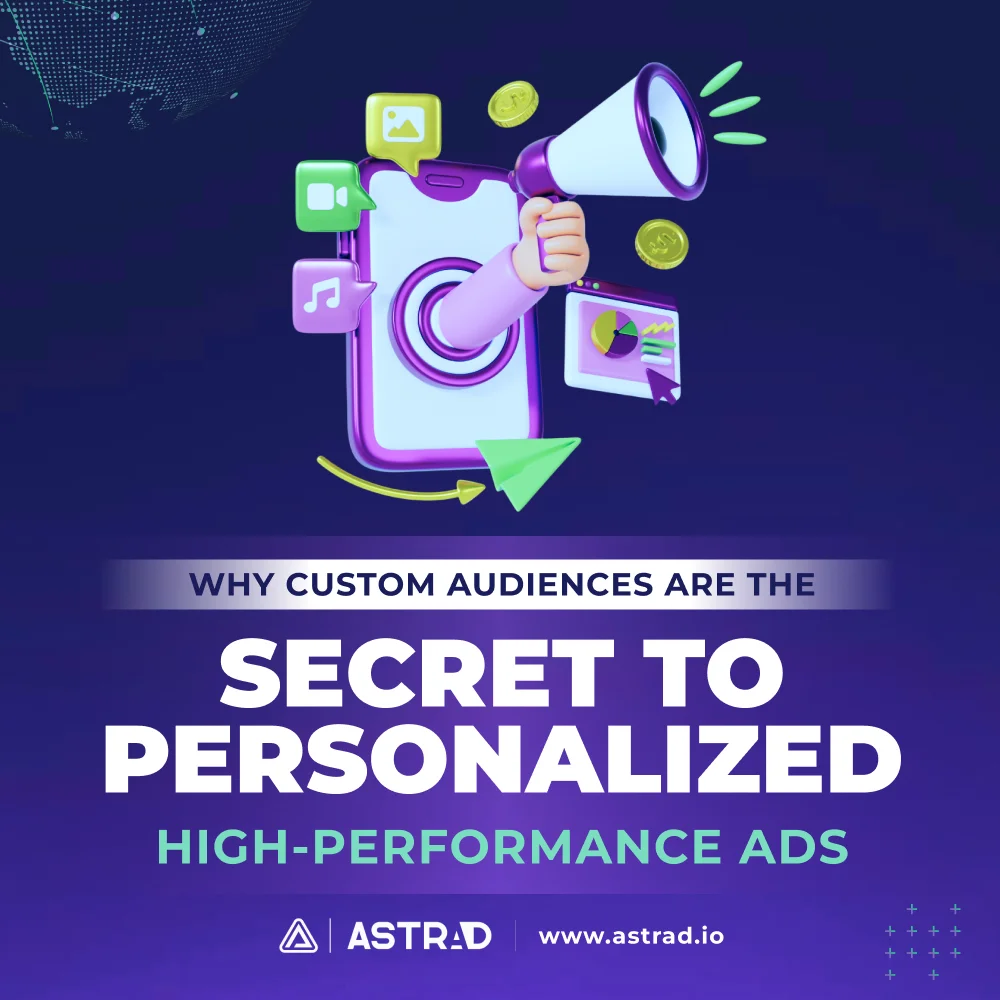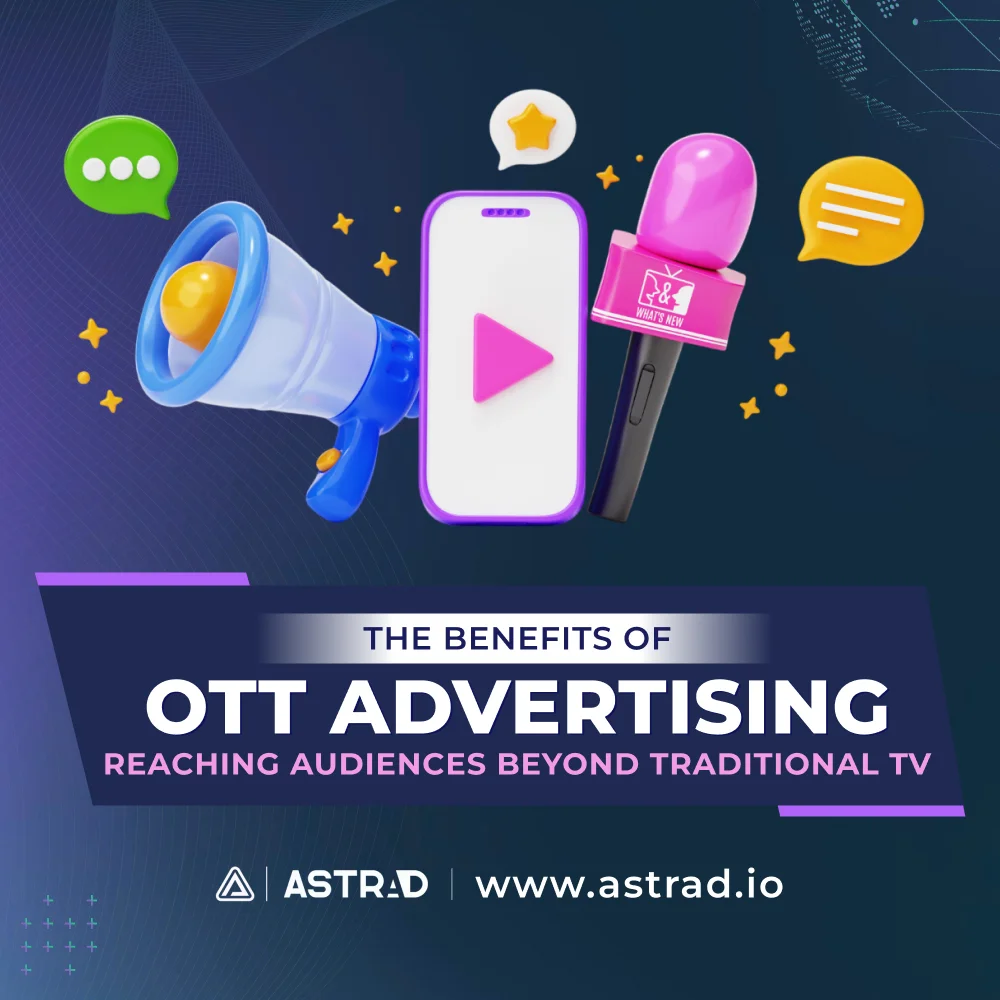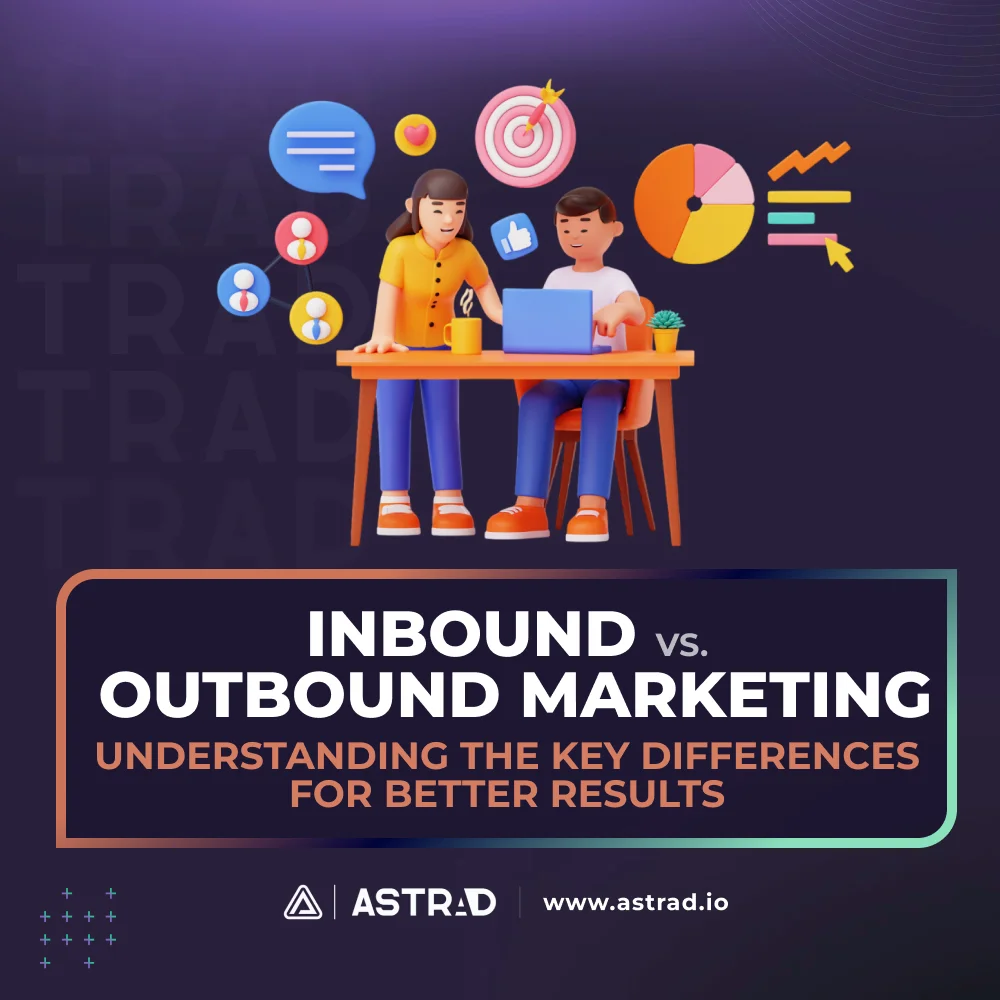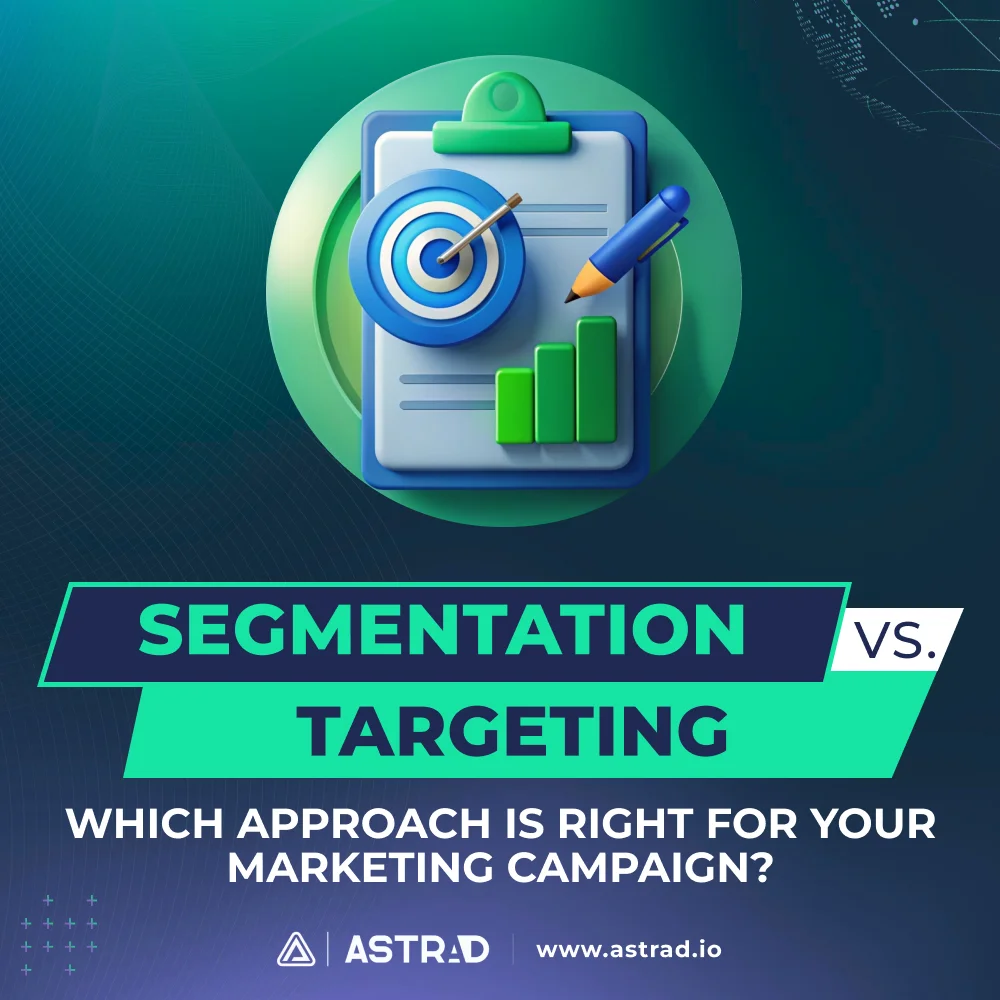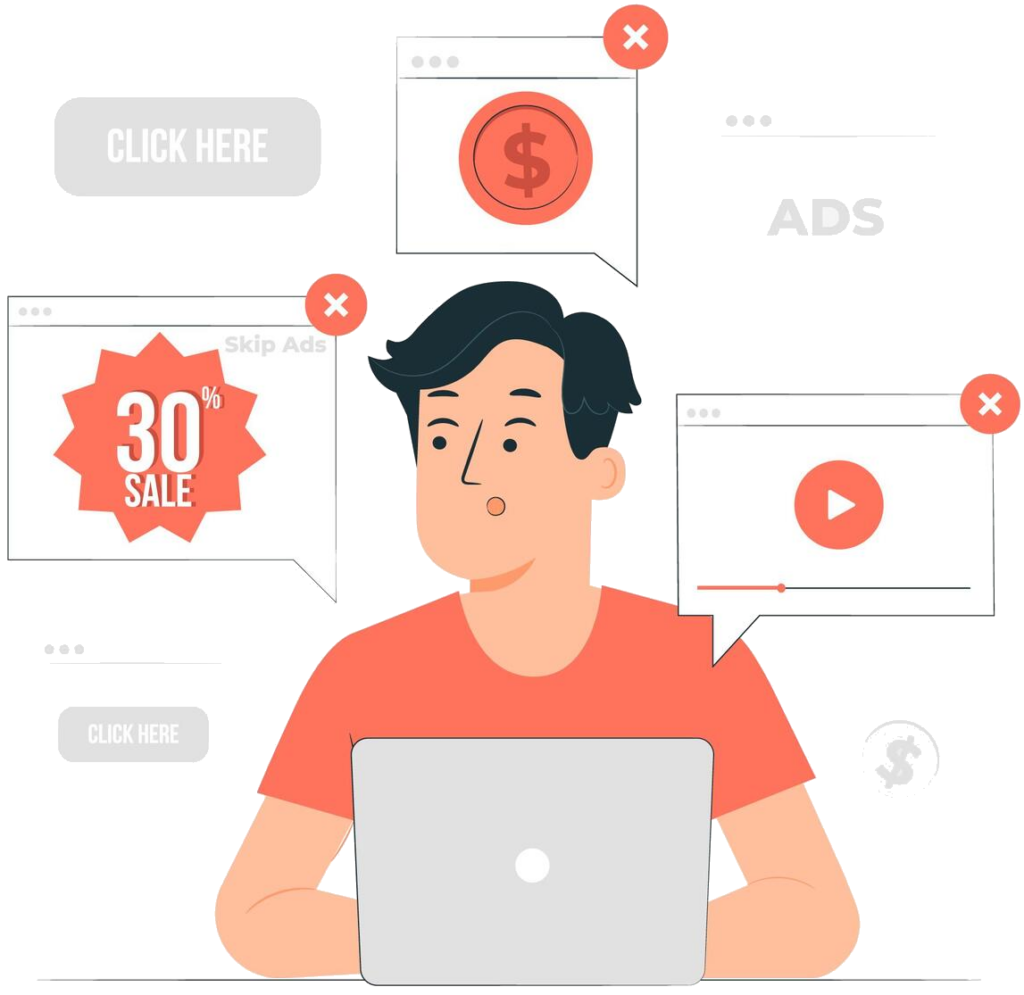Remember when advertising meant plastering the same billboard across every highway, hoping someone—anyone—would bite? Those days are as dead as dial-up internet. Today’s consumers expect ads that speak directly to them, not some faceless mass of potential buyers. They want to feel seen, understood, and catered to. Generic messaging feels like spam, and frankly, it performs like it, too.
Enter custom audiences—the marketing equivalent of having a conversation with someone who actually gets you. Instead of shouting into the void and praying for results, smart marketers are using custom audience targeting to deliver the right message to the right person at exactly the right moment. It’s precision marketing at its finest, and it’s transforming how businesses connect with their customers.
But what makes custom audiences so powerful? And more importantly, how can you harness their potential to boost your ad performance? Let’s break it down.
The Growing Demand for Personalization in Digital Advertising
We live in an age where Netflix knows what you want to binge-watch better than your best friend does. Amazon predicts your shopping needs before you even realize you need something. Spotify curates playlists that feel like they were designed just for you. This level of personalization isn’t just nice to have anymore; it’s what consumers expect from every brand interaction.
The shift toward personalized marketing isn’t just a trend; it’s a fundamental change in how people engage with brands. Modern consumers are bombarded with thousands of marketing messages daily, and they’ve developed an almost supernatural ability to filter out irrelevant noise. The only way to break through is with content that feels personally relevant.
This is where custom audiences become your secret weapon. Unlike traditional advertising that casts a wide net and hopes for the best, custom audiences allow you to zero in on specific groups of people who are already primed to care about what you’re offering.
Whether it’s someone who visited your website last week, a loyal customer who hasn’t purchased in months, or someone who shares characteristics with your best buyers, custom audiences help you deliver personalized experiences at scale.
What Are Custom Audiences and How Do They Work?
At its core, a custom audience is a carefully curated group of people who share specific characteristics, behaviors, or interactions with your brand. Think of it as your VIP list, but instead of getting into an exclusive club, these people get to see ads that actually matter to them.
Digital advertising platforms like Facebook, Google, LinkedIn, and others have built sophisticated systems that allow you to create custom audience segments based on various data points. You can target people who have interacted with your brand in specific ways, share demographic similarities with your existing customers, or exhibit behaviors that suggest they’re likely to be interested in your products or services.
Types of Custom Audiences That Drive Results
The beauty of custom audience creation lies in its flexibility. You’re not limited to one approach—you can mix and match different audience types to create highly specific targeting strategies:
- Website Visitors: People who have browsed your site, viewed specific pages, or spent a certain amount of time engaging with your content
- Customer Lists: Existing customers whose email addresses or phone numbers you can upload to reach them with relevant offers
- Lookalike Audiences: New prospects who share characteristics with your best existing customers
- Engagement Audiences: Users who have interacted with your social media posts, watched your videos, or engaged with your previous ads
- App Users: People who have downloaded and used your mobile app
Each type serves a different purpose in your overall marketing strategy. Website visitors might be perfect for retargeting campaigns, while lookalike audiences can help you expand your reach to similar prospects you haven’t connected with yet.
Why Custom Audience Targeting Crushes Broad Targeting Every Time
If broad targeting is like using a shotgun to hunt, then custom audience targeting is like using a sniper rifle. Both might hit the target eventually, but one is far more precise, efficient, and effective.
The Problem with Casting Too Wide a Net
Broad targeting might seem appealing at first glance; after all, reaching more people sounds like it should generate more results, right? Wrong. When you target everyone, you’re essentially targeting no one. Your message gets diluted, your ad spend gets wasted on people who have zero interest in what you’re offering, and your return on investment plummets.
Consider this: would you rather show your ad to 10,000 random people and get 50 clicks, or show it to 1,000 carefully selected prospects and get 200 clicks? The math is pretty clear. Custom audiences consistently deliver higher engagement rates because the people seeing your ads are already predisposed to care about your message.
The Power of Relevance and Context
When you create custom audience segments, you’re not just targeting people—you’re targeting people in the right context. Someone who abandoned their shopping cart last week is in a completely different mindset than someone who’s never heard of your brand. Your messaging should reflect that difference.
Custom audiences allow you to tailor your ads based on where people are in their customer journey. New prospects might need educational content that builds awareness, while past customers might respond better to loyalty offers or new product announcements. This level of contextual relevance is impossible to achieve with broad targeting.
How to Create Custom Audiences That Actually Convert
Creating effective custom audiences isn’t rocket science, but it does require some strategic thinking. The good news is that most major advertising platforms have made the process relatively straightforward.
Getting Started with Platform-Specific Tools
- Facebook Ads Manager remains one of the most robust platforms for custom audience creation. You can upload customer lists, install tracking pixels on your website, or create audiences based on engagement with your Facebook and Instagram content. The platform’s interface walks you through each step, making it accessible even for beginners.
- Google Ads offers similar capabilities through its Customer Match and remarketing features. You can target people who have searched for specific terms, visited certain pages on your website, or match your existing customer database with Google’s user data.
- LinkedIn excels at B2B custom audience targeting, allowing you to upload company lists or target specific job titles and industries with precision.
Essential Data Sources for Custom Audience Creation
The strength of your custom audiences depends entirely on the quality and relevance of your data sources. The most effective audiences typically draw from multiple touchpoints:
- Website behavior data collected through tracking pixels
- Email marketing engagement metrics like opens, clicks, and conversions
- Customer relationship management (CRM) systems that track purchase history and customer lifetime value
- Social media interactions, including page likes, video views, and comment engagement
- Mobile app usage patterns and in-app behaviors
Best Practices That Actually Move the Needle
Creating custom audiences is one thing; creating ones that drive real results is another.
- Start with audiences based on high-intent behaviors—people who have viewed pricing pages, added items to their cart, or spent significant time on product pages. These behaviors indicate genuine interest and are more likely to convert.
- Segment your audiences based on recency as well as behavior. Someone who visited your website yesterday is more likely to convert than someone who visited six months ago. Most platforms allow you to set time windows for your audiences, so take advantage of this feature.
- Don’t forget to exclude certain groups to avoid audience overlap. If you’re running a new customer acquisition campaign, exclude existing customers to prevent wasting ad spend on people who have already converted.
- Regular audience hygiene is crucial too. Remove inactive email addresses, update your customer lists, and refresh your website tracking to ensure your audiences remain accurate and effective.
Advanced Strategies for Custom Audience Success
Once you’ve mastered the basics, there are several advanced techniques that can take your custom audience targeting to the next level.
Layering Audiences for Precision Targeting
Instead of creating simple, single-criterion audiences, consider combining multiple data points for ultra-precise targeting. For example, you might create an audience of people who have visited your website AND are similar to your best customers AND live in specific geographic areas. This layered approach ensures your ads reach people who meet multiple criteria for likelihood to convert.
Dynamic Audience Updates
Set up your audiences to automatically update based on ongoing behaviors. Someone who was in your “cart abandoners” audience but completed a purchase should automatically move to your “recent customers” audience. This prevents message mismatch and ensures your targeting stays current.
Cross-Platform Audience Strategies
Don’t limit yourself to single-platform thinking. Use insights from one platform to inform your audience creation on others. Your highest-engaging Facebook audience might reveal characteristics you can replicate on Google Ads or LinkedIn.
Your Next Steps to Custom Audience Mastery
The power of custom audiences isn’t theoretical—it’s proven, measurable, and accessible to businesses of all sizes. Whether you’re a startup looking to make every ad dollar count or an established brand seeking to improve your targeting precision, custom audience targeting offers a clear path to better results.
Start small if you’re new to this approach. Pick one platform, create a simple website visitor audience, and run a focused campaign. Measure the results against your previous broad targeting efforts. The difference in performance will likely convince you to expand your custom audience strategy across all your advertising efforts.
Remember, the best custom audiences are built on quality data and regular optimization. Invest time in setting up proper tracking, regularly review your audience performance, and don’t be afraid to experiment with new audience combinations.
The age of spray-and-pray advertising is over. Custom audiences represent the future of personalized, high-performance advertising—and that future is available to you right now.

